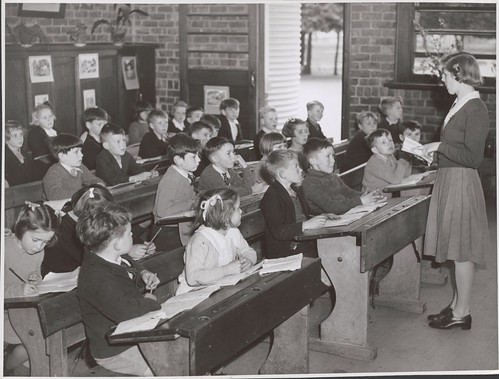Maths anxiety is very real. Not only that, but it is very common. During school, I would always hear people saying ‘I hate maths’ , or ‘I’m so confused’ and ‘I can’t do this.’ I was definitely one of those people, and similar to many – maths was the only subject that made me feel that way. In fact, it is still the only subject that makes me feel this way. In this blog, I am going to explore maths anxiety, and how we, as teachers, can work towards lifting the negative outlook many people have on maths.
What is Maths Anxiety?
Tobias and Weissbrod (1980) define maths anxiety as “the panic, helplessness, paralysis, and mental disorganisation that arises among some people when they are required to solve a mathematical problem”
Another definition given by Hembree (1990, p45) is that maths anxiety is “a general fear of contact with mathematics, including classes, homework and tests”
Personally, I prefer Hembree’s definition. To define it myself, I would say that maths anxiety is a dread, worry and lack of confidence when it comes to anything mathematical. This agrees with Hembree as his definition states ‘contact with mathematics’ whereas Tobias and Weissbrod suggests that maths anxiety only arises whilst solving mathematical problems.
What is Maths Anxiety Like?
Maths anxiety can cause both physical and psychological symptoms. These include:
| Physical Symptoms |
Psychological Symptoms |
| · Headaches |
· Strain on Working Memory Capacity |
| · Increased Perspiration |
· Confusion |
| · Muscle Spasms/ Aches from Tension |
· Inability to Concentrate |
| · Shortness of Breath |
· Incoherent thinking |
| · Increased Heart Rate |
· Mind Blanks |
| · Digestive Problems |
· Forgets Known Formulas |
| · Dizziness |
· Easily Distracted |
Why do we Experience Maths Anxiety
Personally, I experience maths anxiety because of my previous knockbacks within the subject, which I spoke about in my previous blog post. I think this will be the same for a lot of people. Previous failures and knocks to our confidence could be a reason our performance in maths is low. Another thing I think that causes maths anxiety is the pressure which is put onto the subject. When I was at school, I was told I would get nowhere without maths, and if I wanted to go to University, I would definitely need Nat 5 maths and should think about Higher maths too. I was so worried that if I didn’t do well in my exam that my future would be at risk, so I always questioned my confidence and understanding of the subject. Another thing which has been suggested is that maths anxiety is usually linked to the teaching styles within the classroom, which is usually focused on memorisation and repetition. Teachers who are anxious of maths themselves are likely to produce anxious learners, and over emphasise that maths approaches are ‘right-or-wrong’. (Finlayson 2014).
How do we overcome maths anxiety?
I think it is extremely important to get rid of this negative outlook many people have on maths. From Finlayson (2014) suggesting that anxious teachers produce anxious learners, it suggests to me that if we do not overcome the anxiety, it will be a never ending circuit of anxious learners and anxious teachers. In a step towards overcoming this, we as teachers should be encouraging children to try and try again, and not to worry about mistakes or getting things wrong. We need to teach them that mistakes is a crucial part of learning and understanding the subject. We should provide encouragement, motivation and support for our learners to strive into becoming confident and able mathematic students.
References
Tobias, S., & Weissbrod, C. (1980). Anxiety and mathematics: an update. Harvard Educational Review, 50(1), 63-70.
Hembree, R. (1990) ‘The nature, effects and relief of mathematics anxiety’, Journal for Research in Mathematics Education, 21, pp.33-46.
Finlayson, M. (2014). Addressing math anxiety in the classroom. Improving Schools, 17(1), 99-115.



